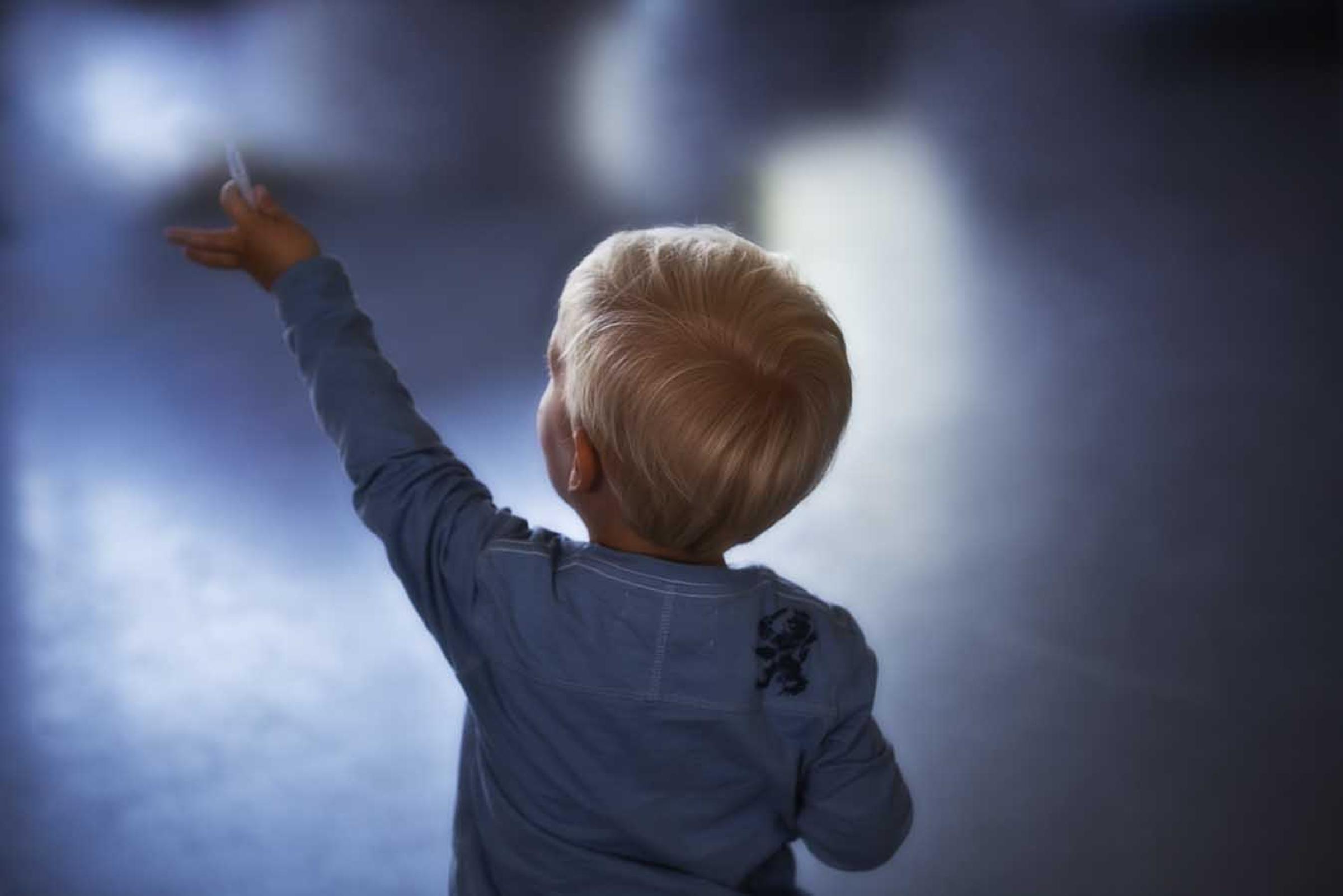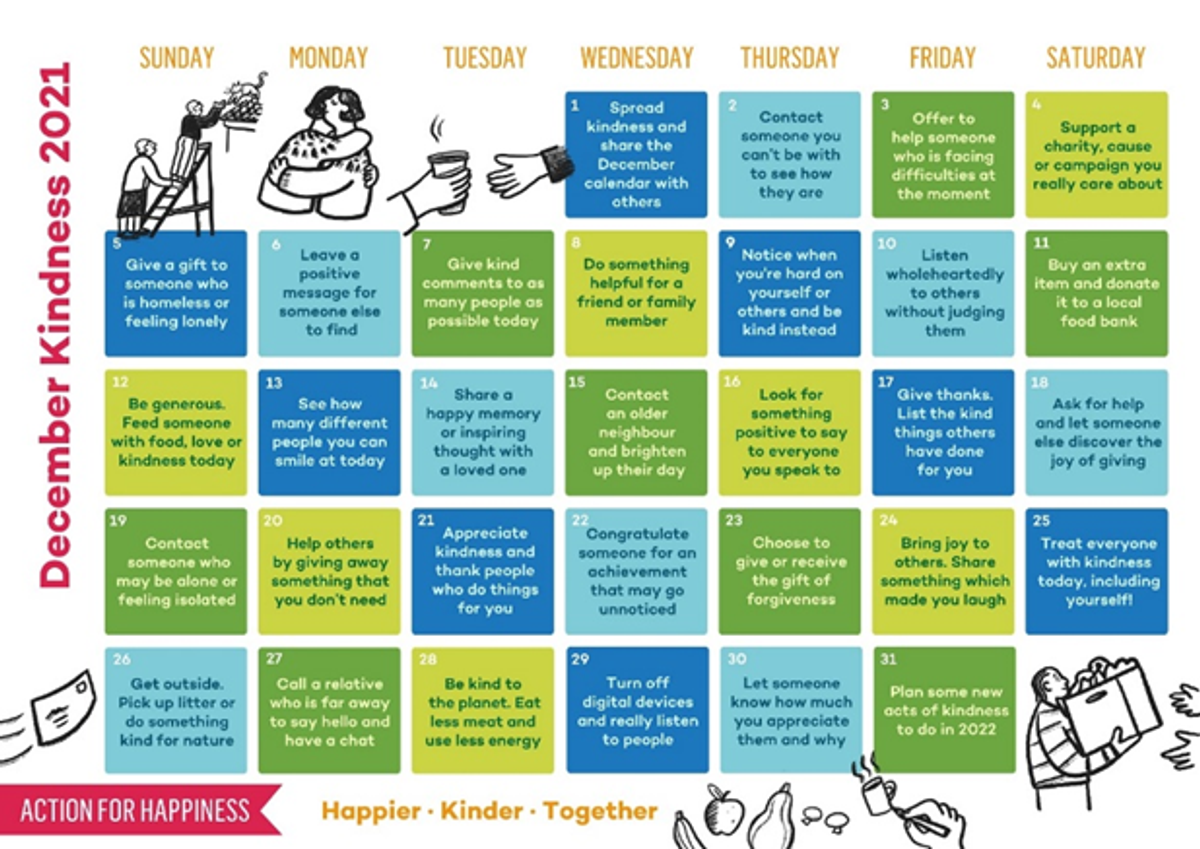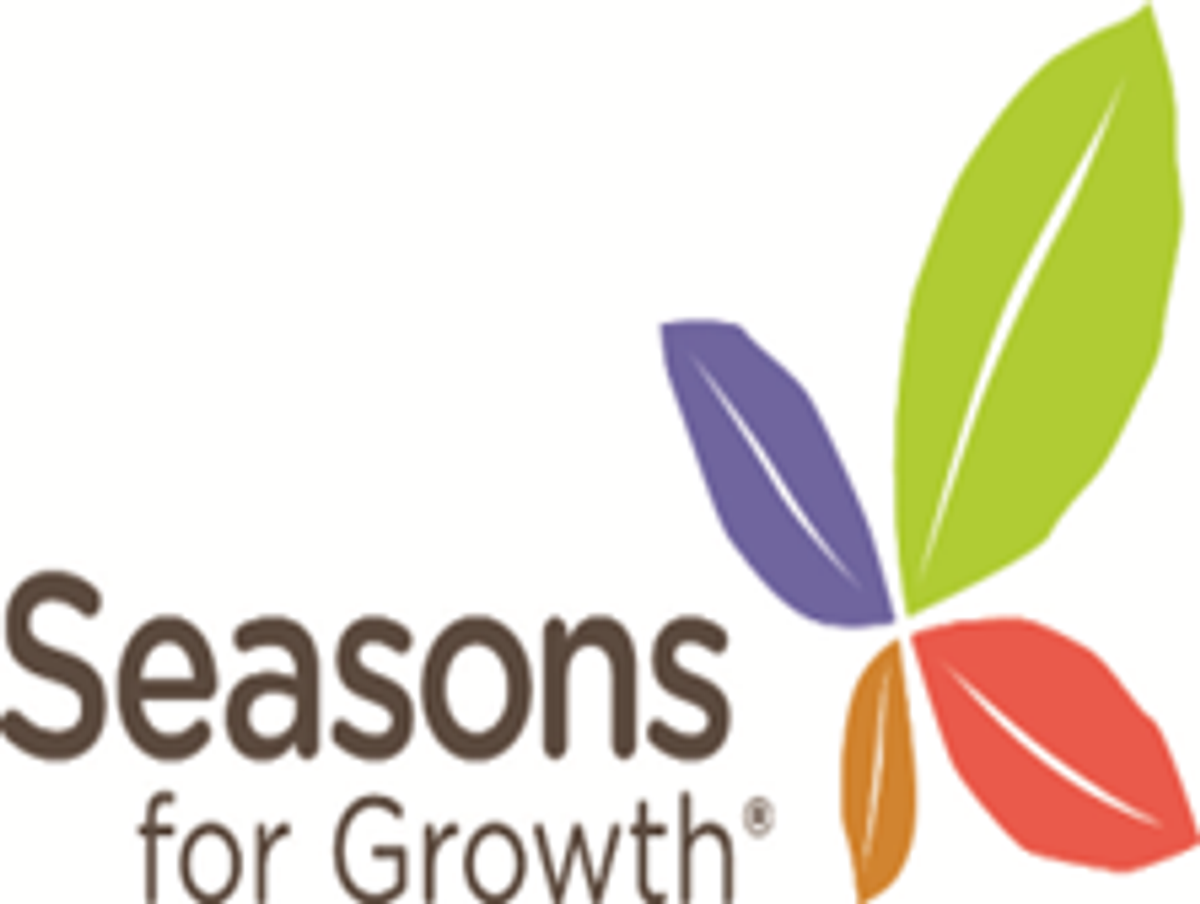Wellbeing

REQUEST FOR WOOL DONATIONS
I am asking for any donations of wool for an art project we would like to do at the beginning of next year. If you can please bring wool donations to school it would be much appreciated.
How to stay healthy over the holidays
Holidays can be challenging. Without routine, it's still important to stay healthy and look after yourself.
For some young people, this time of year can be challenging. It can feel as though they have been taken away from their usual routine of school or work and they may not get to see your friends, teachers or workmates as often as they would like to. This can leave them feeling bored, unsupported, upset and sometimes anxious.
It’s important to stay healthy so click here for some tips from headspace
Action for kindness: Do Good December
This month, we're encouraging you to carry out small acts of kindness.
This has been another difficult year of uncertainty and ups and downs for many of us. Kindness is contagious, and helping others has been proven to make us feel better too! Let's try to focus on being generous with our time and attention rather than money - it's free and better for everyone, as well as our planet!
Seasons for Growth
Seasons for growth is an 8 week program to help children deal with experiences of change and loss that may affect them and their life.
I would like to run some SEASONS for Growth groups in Term 1, 2022. If you think your child may benefit from doing the program, please contact me rlenko@sfslynbrook.catholic.edu.au for an expression of interest or if you would like some more information about the program.
I am trained as a Seasons for Growth Companion through MacKillop Family services. If your child has participated in the program before, they can participate in the program again of you think it would be of benefit.
Here is a bit more information about what grief is and how it can affect children from the Good grief website.
“What is grief?
Grief is the human response to change and loss in our lives, such as the death of someone we love, parental separation or other major change. It is a natural and normal response, which has a physical impact on our bodies as well affecting our emotions and our thinking. Grief challenges the way we think about ourselves and the world, and influences our spirituality and relationships. How do children express grief? Like adults, children express grief in unique and personal ways. This can be influenced by a child’s age and understanding of the loss, but also by other factors such as their character, situation or experience. Some children may openly express their hurt, while others may withdraw. Many children also dip in and out of grief, alternating between grieving and more playful behaviour. It is important to remember that grief is a normal and natural response and that there is no right or wrong way to grieve”.
BeYou is a national mental health in education initiative delivered by Beyond Blue, in collaboration with Early Childhood Australia and Headspace.
BeYou supports educators to develop a positive, inclusive and resilient learning community for all members of the school community, children, parents and staff.
The fact sheet taken from the BeYou website is all about healthy families.
What do these look like?
In healthy family relationships, people trust and rely on each other for support, love, affection and warmth.
Families often share common goals and work together to reach those goals (for example, children and young people may help their families get the dinner dishes done so that everyone can relax).
Family members feel safe and connected to one another. Sometimes these relationships involve conflict, which is a normal part of family life. Conflict can occur between adults, children and young people. In healthy relationships, these conflicts are dealt with in a safe and respectful way.
Healthy family relationships mean that positive interactions outnumber the difficult times. Adults experiencing difficult life situations can provide learning opportunities in teaching and modelling coping strategies – children and young people shouldn’t be burdened with stress, but it’s helpful for them to see families successfully managing it with positive coping strategies.
The key qualities of a strong family unit identified by Australians in the Family Strengths Research Project were:
- communication – listening to each other and communicating with openness and honesty
- togetherness – sharing similar values and beliefs that create a sense of belonging and bonding
- sharing activities – spending time together doing things they enjoy (for example, sports, reading, camping or playing games)
- affection – showing affection and care regularly through words, hugs, kisses and thoughtfulness
- support – offering and asking for support, with family members knowing they will receive help, encouragement and reassurance from one another
- acceptance – understanding, respecting and appreciating each family member’s unique qualities
- commitment – seeing family wellbeing as a first priority and acting accordingly with commitment and loyalty
- resilience – being able to tolerate difficulties and adapt to changing situations in positive ways.
The biggest challenges in family relationships were highlighted as communication breakdown, parenting issues and difficult relationship dynamics.
Risk factors in families
There are many reasons why some individuals are more vulnerable than others to developing behavioural difficulties and mental health issues. Risk factors for children and young people are things that increase the likelihood of mental health issues developing.
Risk factors within the family include:
- family conflict, instability or separation
- lack of involvement with children and young people, or inconsistent parenting
- family violence, child abuse or neglect
- mental health issues or substance abuse
- a serious illness or disability
- financial difficulties.
Protective factors in families
Protective factors decrease the chance of an individual experiencing mental health issues. These are related to good outcomes for children and young people, and serve to protect them if they’re exposed to risk.
Protective factors within the family include:
- strong and stable family relationships – for example, consistent, caring relationships
- supportive parenting – for example, being available to listen to and talk with children and young people
- strong family values for example, a shared understanding of how to treat others
- consistency in routines and limits – for example, responding the same way to children or young people’s behaviour.
Positive Thought for the day
If you have any concerns about the wellbeing of your child, do not hesitate to contact me.
rlenko@sfslynbrook.catholic.edu.au
Rachel Lenko
Student Wellbeing Leader






